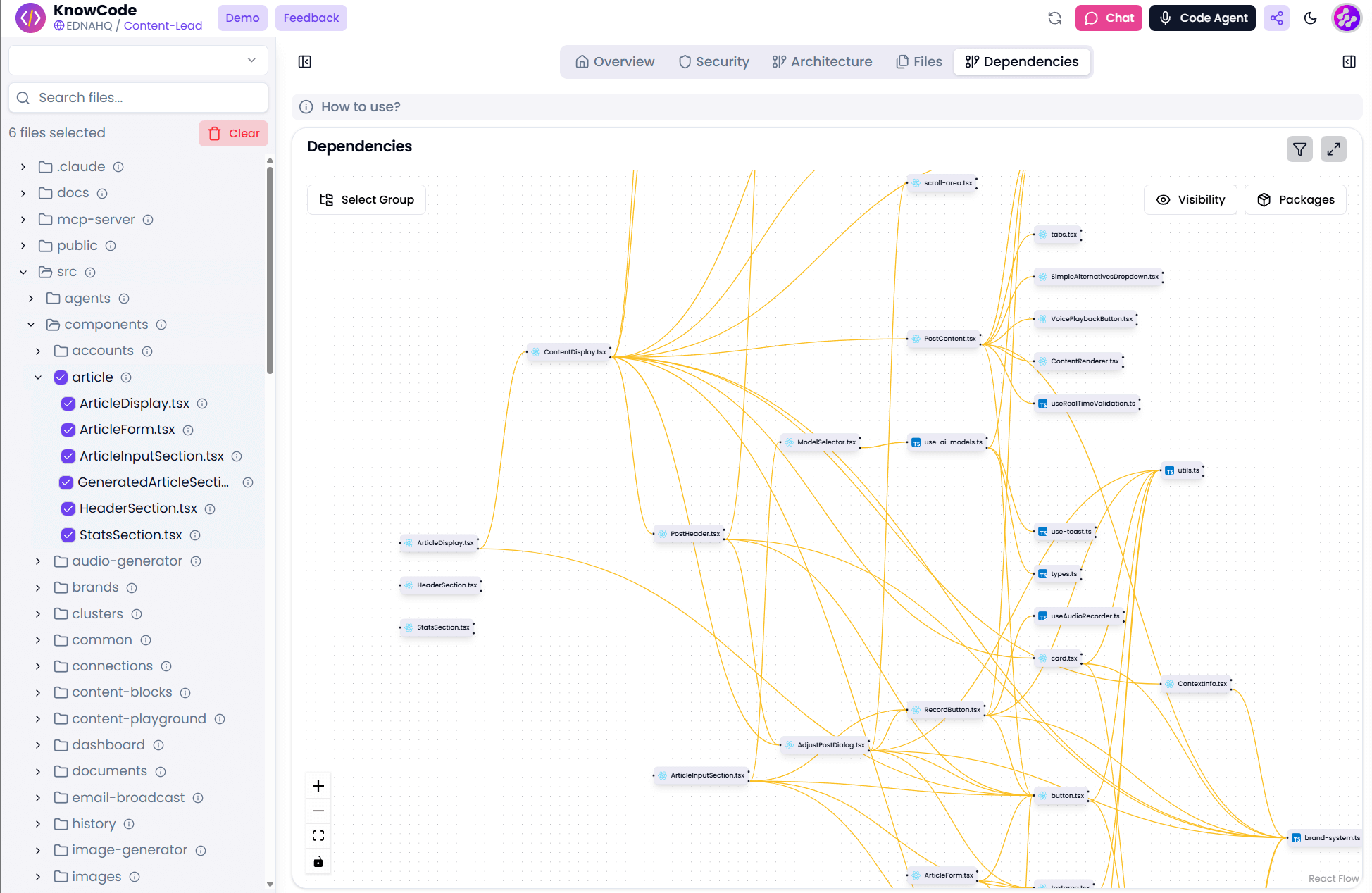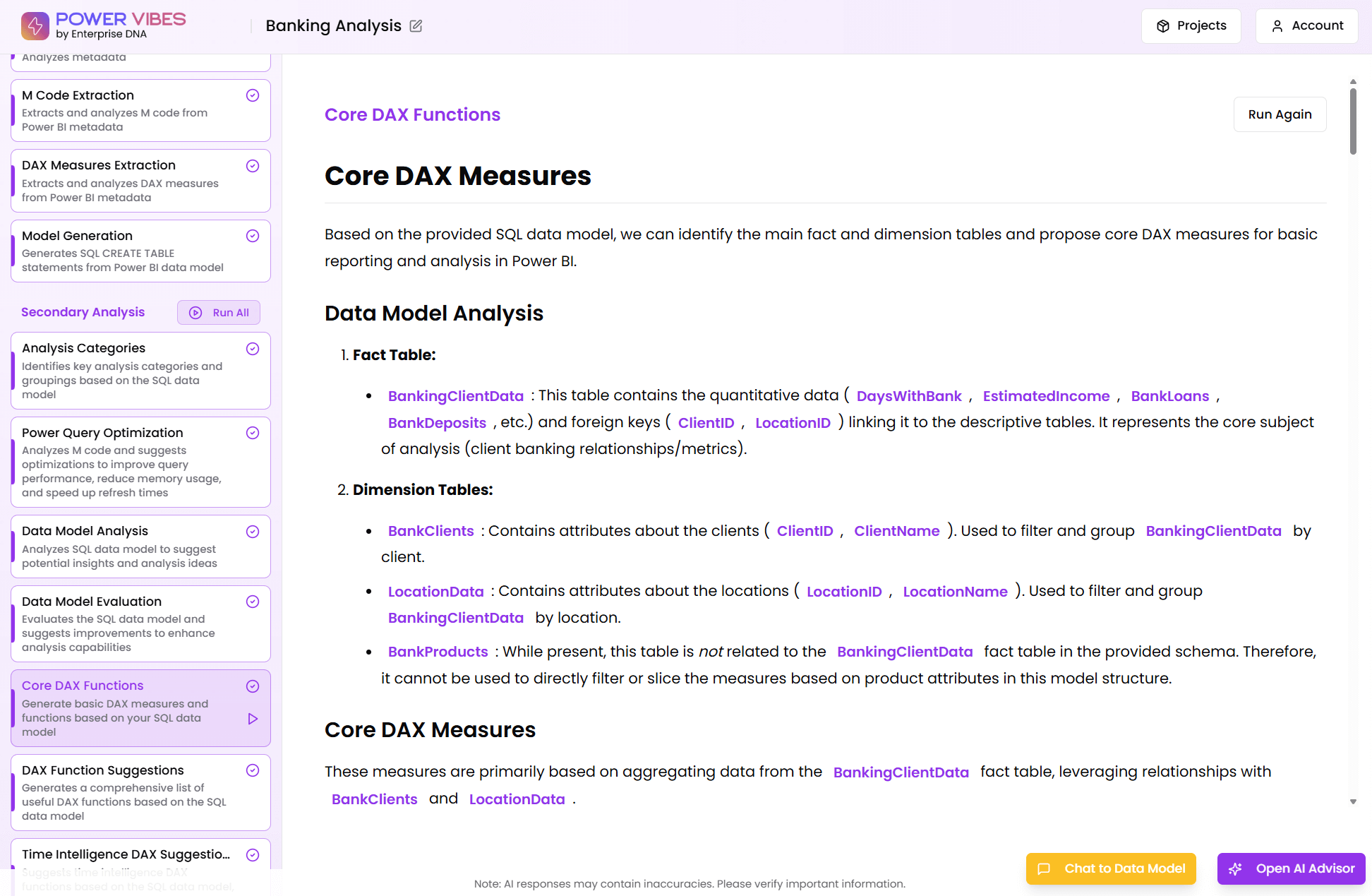DAX Function Guide
TREATAS
Sam McKay
CEO & Founder
How does the TREATAS work?
TREATAS Formula Syntax
TREATAS (
table_expression, <column> [, <column> [, <column> [, … ]]]}
)
How do you use the TREATAS?
You can use this function to apply filters to a table while there is no relationship present. In a normal scenario, tables are related to each other and when one table is filtered, the filter will propagate using the relationship. With TREATAS, we can filter unrelated tables, which makes it a really useful function to have in your toolbox.
Related Blog Posts
Loading
Considerations when using the TREATAS?
The number of columns specified must match the number of columns in the table expression and be in the same order.
If a value returned in the table expression does not exist in the column, it is ignored. For example, TREATAS({“Red”, “Green”, “Yellow”}, DimProduct[Color]) sets a filter on column DimProduct[Color] with three values “Red”, “Green”, and “Yellow”. If “Yellow” does not exist in DimProduct[Color], the effective filter values would are “Red” and “Green”.
Related Video Tutorials
Loading
Formula examples using the TREATAS
CALCULATE( SUM(Sales[Amount]), TREATAS(VALUES(DimProduct1[ProductCategory]), DimProduct2[ProductCategory]) )
CALCULATE( SUM(Sales[Amount]), TREATAS(VALUES(DimProduct1[ProductCategory]), DimProduct2[ProductCategory]) )
= DIVIDE( calculate( sum(‘Fact Orders'[nb Orders]), TREATAS(VALUES(‘Order Date'[YearMonthnumber]),’Ship Date'[YearMonthnumber]) ),calculate(sum(‘Fact Orders'[nb Orders])) )
Related Courses
Loading










